Monkeys are very smart animals with highly developed brains and outstanding cognitive and learning abilities. Some monkeys also demonstrate complex abstract reasoning abilities. So, which monkeys are considered the smartest in the world? And among these smart monkeys, which one has the highest IQ? Below, let's explore the 10 smartest monkeys in the world, including baboons, mandrills, macaques, black-capped monkeys, capuchins, lion-tailed monkeys, and more. Let's take a look.
Baboons are a general term for the genus Papio in the family Monkey, which is divided into five species. They are one of the smartest animals on earth. Similar to chimpanzees or orangutans, baboons live in very close groups. Scientists have found that baboons have extremely complex abstract reasoning abilities and can analyze problems independently. This ability is not possessed by other apes, which shows that baboons have extremely high IQs.

East African Baboon
The mandrill has a large and long head, and looks like a ghost, hence the name. The mandrill is the most ferocious and largest monkey, with a body length of more than 80 cm and a height of more than 1 meter when standing. Its face is brightly colored, and it is called the "big clown" among monkeys. The mandrill has a very high IQ and can use simple tools such as stones and sticks. It is one of the smartest monkeys. Adult mandrills are ferocious, and even leopards dare not easily provoke them.
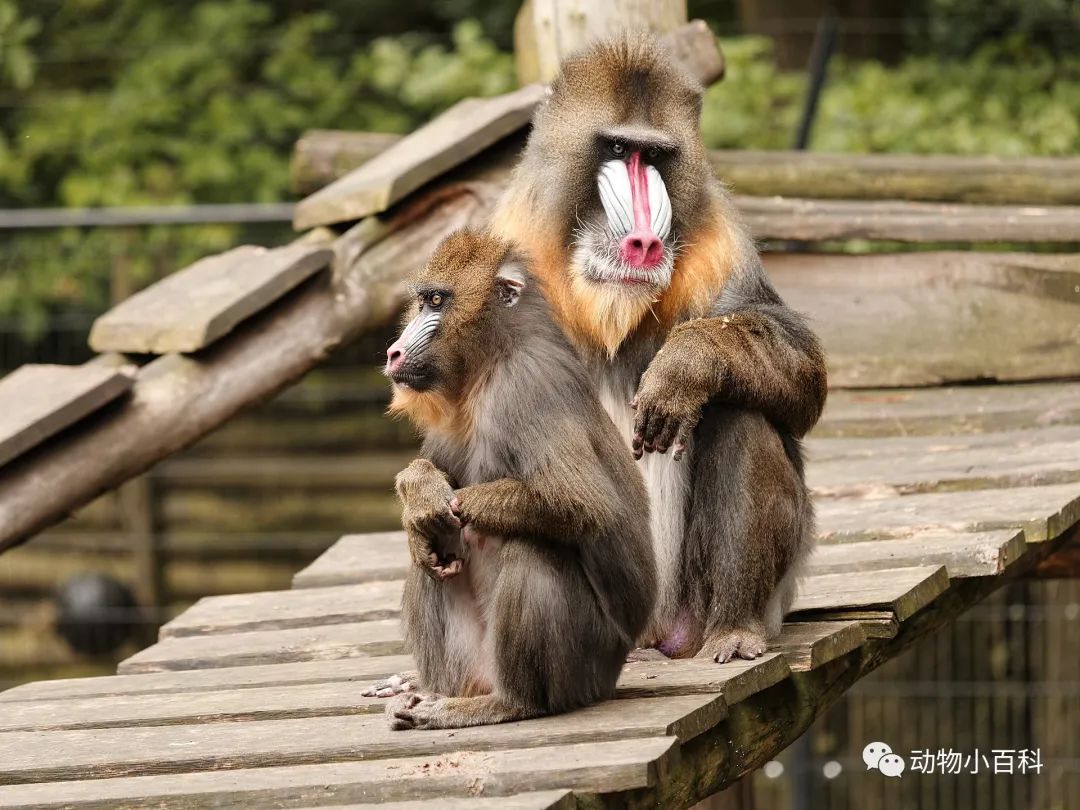
Male and female mandrills, showing size and color dimorphism
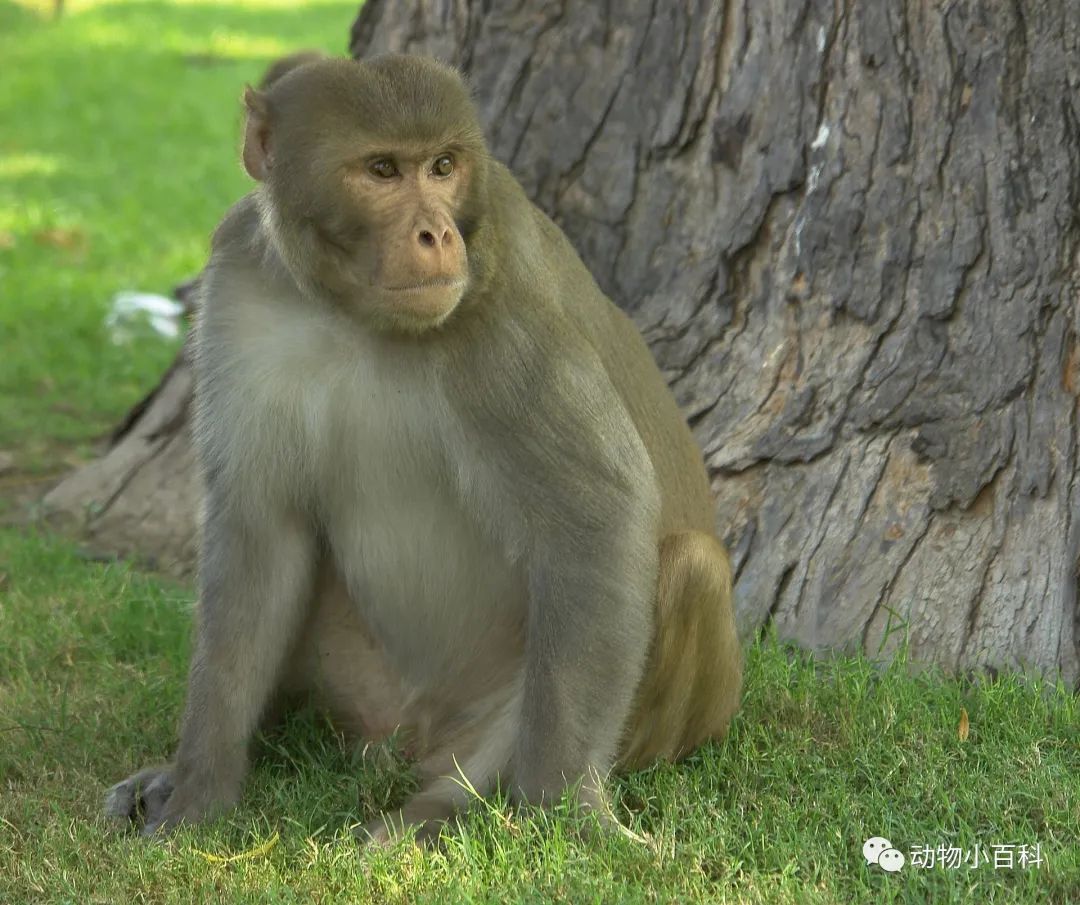
Macaques, also known as monkeys, are very smart monkeys. They not only have excellent memory and learning abilities, but also have human-like emotions and expressions. They are brave and fearless, full of curiosity about the outside world, and like to explore unknown areas, which often leads to small accidents when they come into contact with humans. It is said that the IQ of a macaque is equivalent to that of a 4-5 year old child. Although this data may not be scientific, it can be seen to some extent that macaques are undoubtedly one of the smartest monkeys.
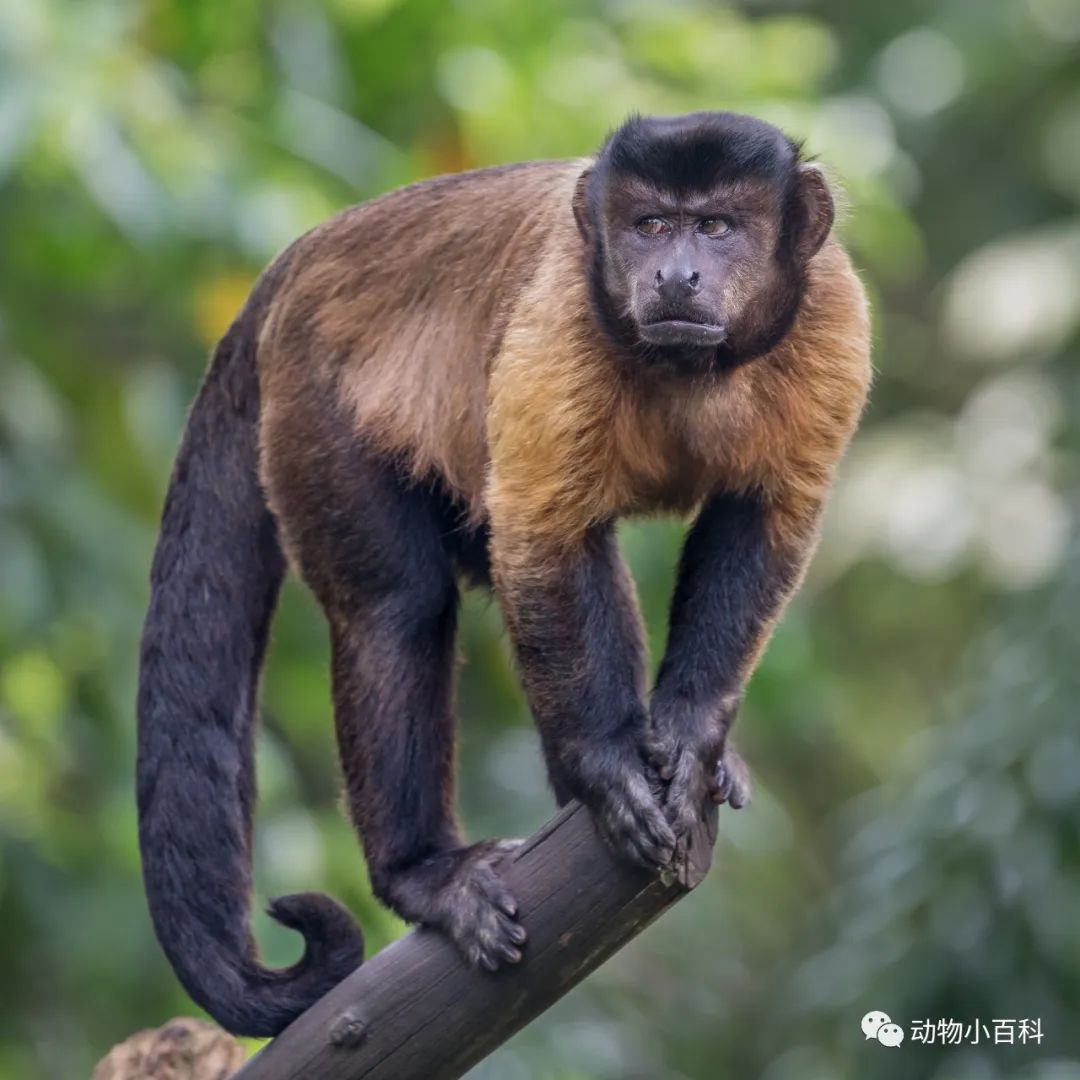
The black-capped capuchin, also known as the capuchin, is named for the dense black hair on its head, which looks like a black cap. They are considered to be one of the most intelligent monkeys, both smart and active. They are dexterous and can use a variety of simple tools. For example, the black-capped capuchin is good at using stones to dig cassava and use stones to crack the hard seed shells. They can also use branches to get water from tree holes or rock cracks, and use small branches to spy on some hidden corners and crevices to see if there are insects.
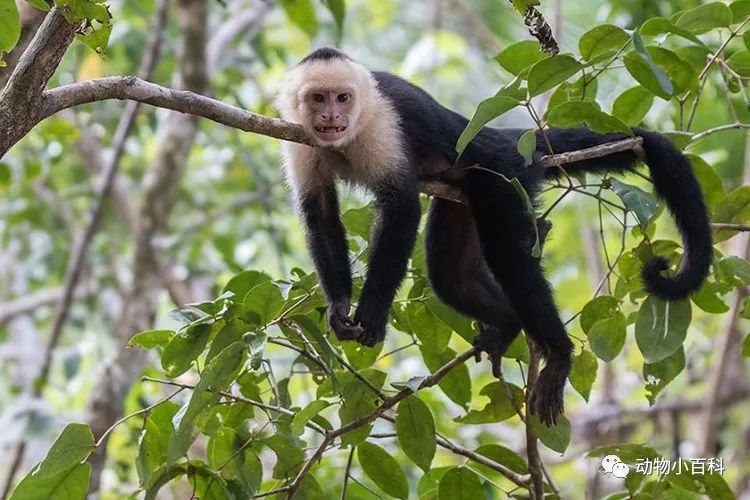
The capuchin monkey, also known as the white-headed capuchin, the white-faced capuchin, and the white-throated capuchin, is a small New World monkey. It is named after the special shape of its tail, which is equal to the length of the body and ends in a circle. This monkey mainly lives in the tropical rainforests of South America and Central America. According to scientists' research, as early as 3,000 years ago, capuchins began to use tools, which is equivalent to entering the Stone Age. Even today, capuchins still use stones to knock hard fruits, which proves that their IQ is quite high. It is no exaggeration to say that capuchins are one of the smartest monkeys.
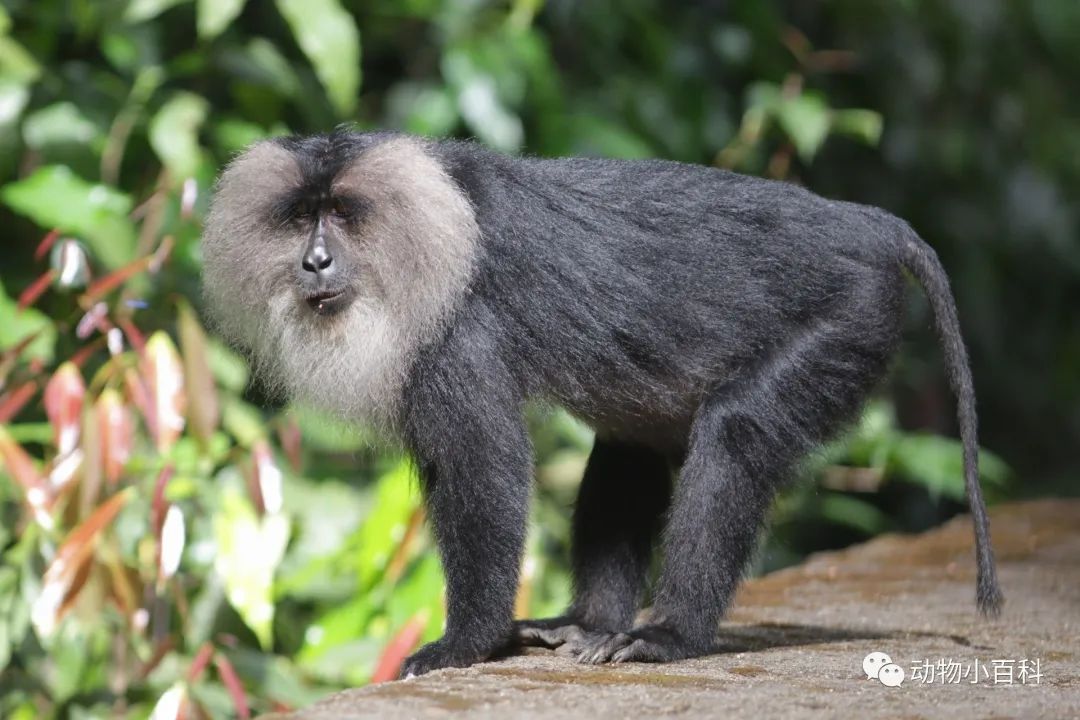
Lion-tailed macaques, also known as lion-tailed macaques, are old world monkeys that live in the Western Ghats and South India. They are named after the silvery-white mane around their heads and their lion-like tails. The most special thing about lion-tailed macaques is that they eat a variety of different fruits. They are very smart monkeys and know how to get useful information from the environment. For example, lion-tailed macaques like to eat jackfruit, but they don't know when the jackfruit is ripe, so they observe the behavior of giant squirrels to determine which fruits are ripe. Because giant squirrels have a special sense of smell, they can find ripe jackfruit.
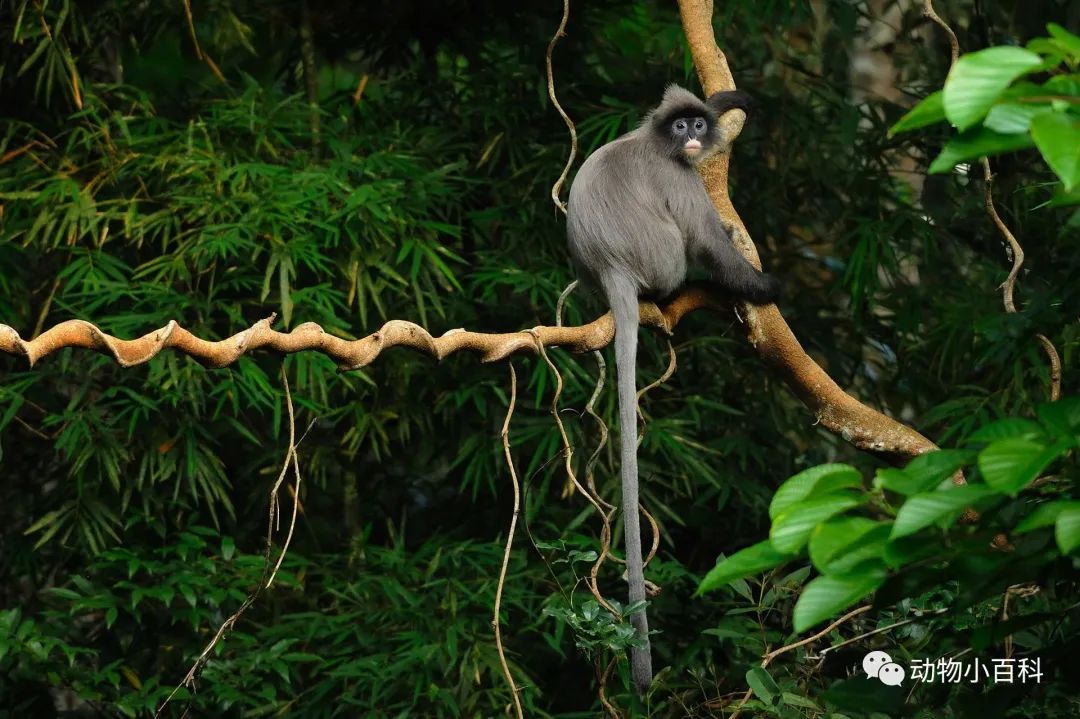
The Philippine leaf monkey is an iconic tree-dwelling leaf monkey of tropical Southeast Asia and southern subtropical areas. They mainly feed on flowers, fruits and leaves of plants, and occasionally eat small birds and bird eggs. In the monkey world, Philippine leaf monkeys are recognized as very smart and obedient, and are nicknamed "other people's monkeys". They behave very well when they go out, strictly following specific guidelines and routes. Even if they encounter emergencies or dangers, they will still evacuate and escape according to the emergency routes agreed in advance.
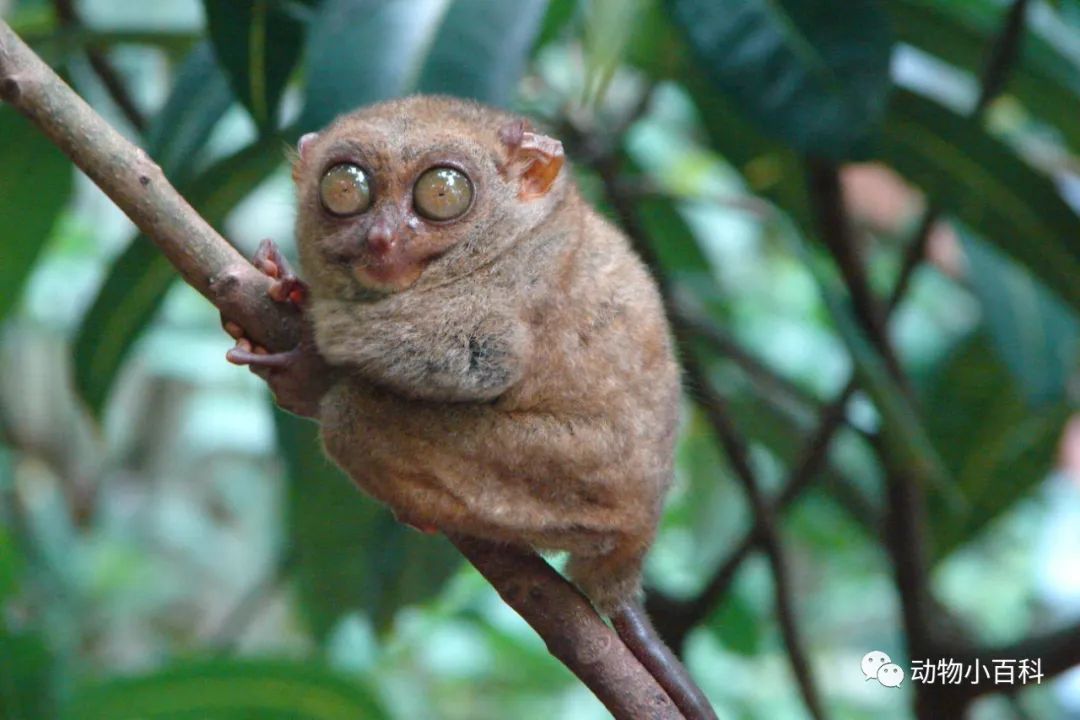
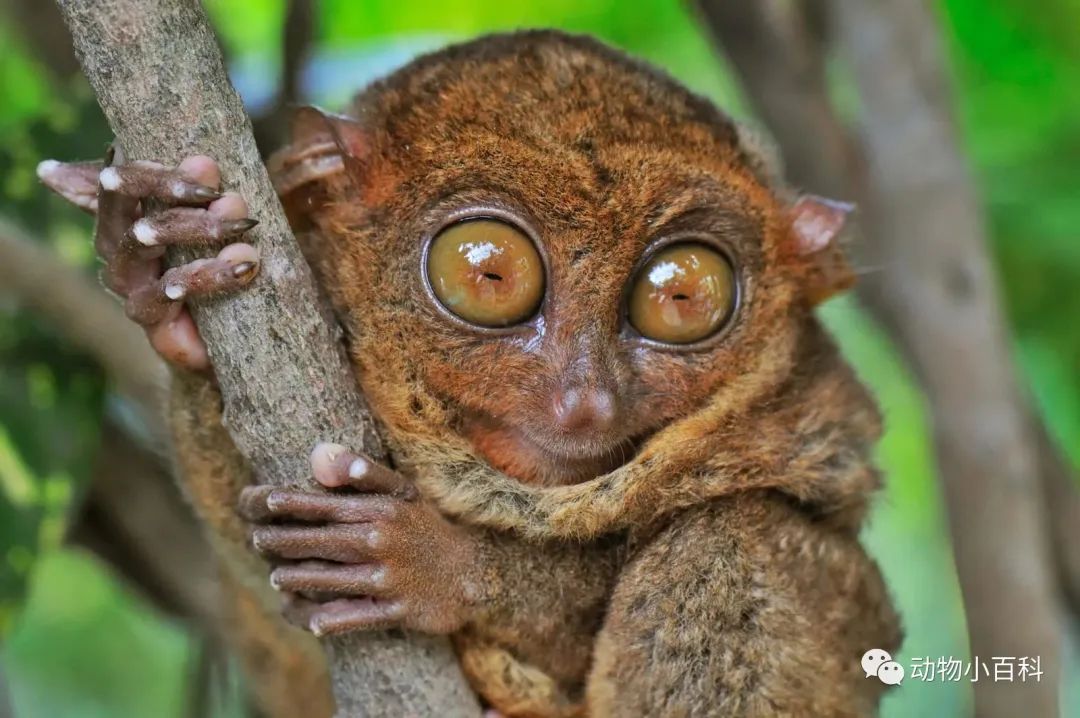
Tarsiers, also known as tarsier monkeys, are a rare small monkey species and the smallest monkey species known in the world. The special thing about them is that they have two cute big round eyes on their small faces, and the diameter of their eyeballs can exceed 1 cm. They look weird and are completely different from the image of monkeys. Interestingly, their necks are short and their heads can rotate 180 degrees. Tarsiers came into being 60 million years ago and became highly specialized primates with excellent vision and hearing abilities, as well as dexterity and intelligence. It is said that people have tried to feed tarsiers artificially, but unexpectedly found that they chose various extreme ways to end their lives, including fasting and hitting trees.
Spider monkeys are animals that get their name from their spider-like slender limbs and their tree-climbing posture. Their tails are longer than their bodies and are very flexible, so they can skillfully pick up food like hands, even objects as small as peanuts. Spider monkeys are skilled in movements and grasping skills, and are considered champions among the monkeys, so people call their tails "fifth hands." Spider monkeys are naturally timid, but they are also very smart and suspicious. For example, when it comes to drinking water, they take a smarter approach and use leaves to make sponges to absorb rainwater in tree holes.
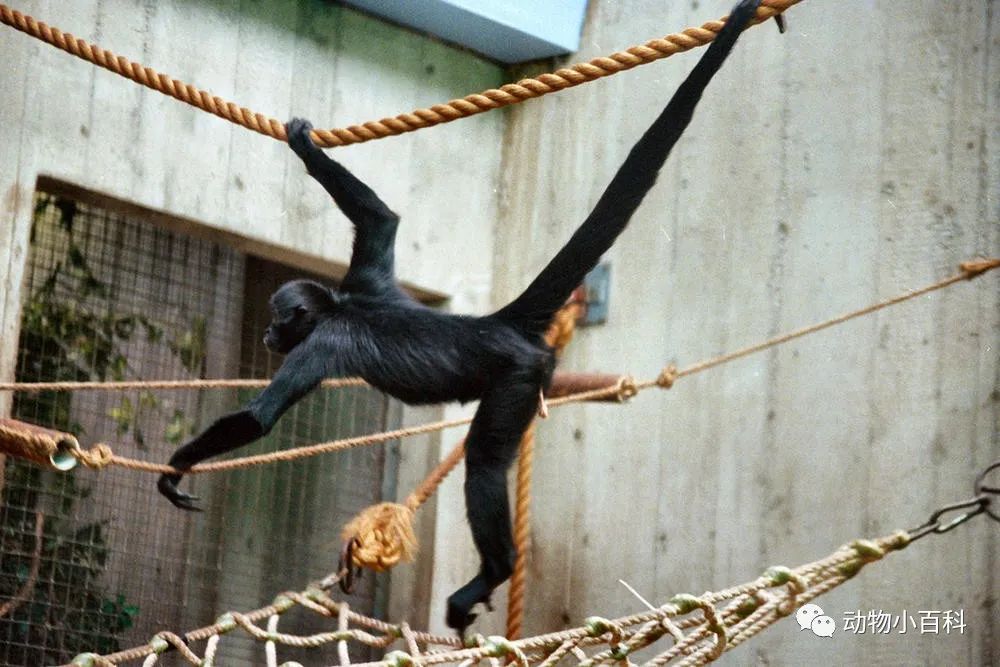
Brown-headed spider monkey

Black spider monkey
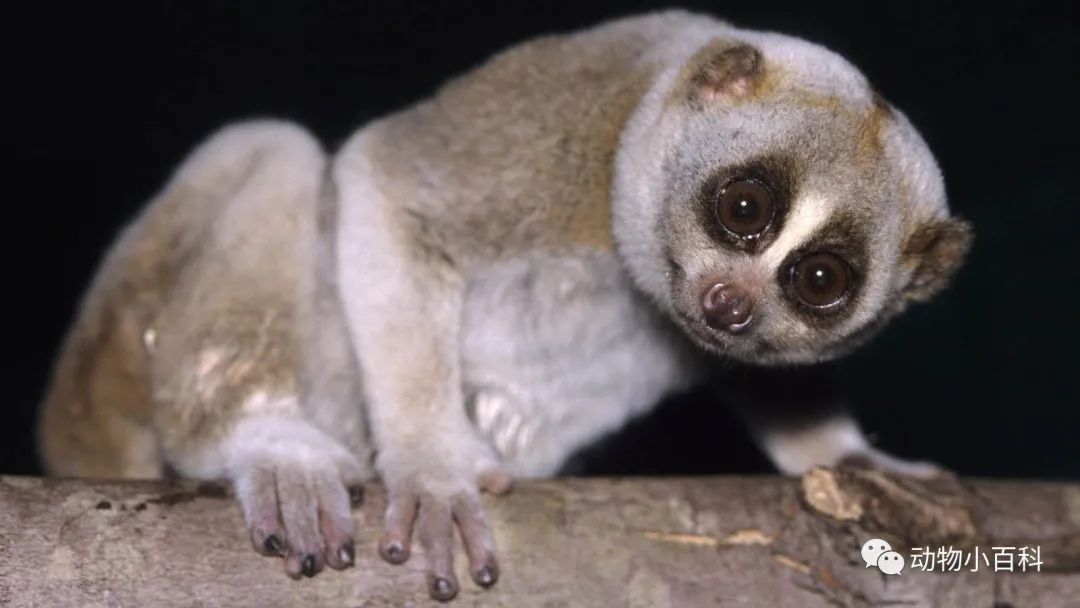
The slow loris, also known as the slow monkey, is the only known venomous primate. When it feels threatened, it secretes a brown, oily venom. The slow loris is also a very smart monkey. They can use multiple senses to communicate and exchange, including vision, sound, touch, and chemical information. They use scent markings to communicate with their peers and convey information by releasing specific scents. In addition to traditional senses, slow loris also have a unique ability to use ultrasound to perceive the surrounding environment. This ultrasound can help them detect hidden things or grasp more detailed information.
The list of the world's top ten smartest monkeys mainly counts those monkey species with relatively high IQs, and is summarized in combination with relevant lists on the Internet. It is for entertainment reference only, and the relevant data is up to date (solemnly declare: hunting, killing, eating, and trading wild animals and their products are all illegal and criminal acts! Wild animals belong to nature. For the ecological environment and your health, please refuse to buy, raise, and eat wild animals!)
animal tags:
We created this article in conjunction with AI technology, then made sure it was fact-checked and edited by a Animals Top editor.